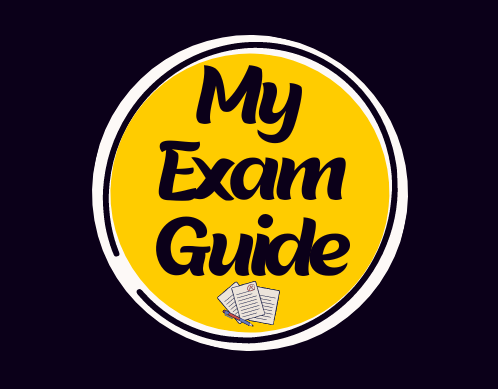BPSC132 INDIAN GOVERMENT AND POLITICS Text Book
Block-1 Approaches to Study Indian Politics
Course Contents
BLOCK 1 Approaches to study Indian politics
Unit 1 Liberal
Unit 2 Marxist
Unit 3 Gandhian
BLOCK 2 Indian Constitution
Unit 4 Basic Features
Unit 5 Fundamental Rights
Unit 6 Directive Principles of State policy and Fundamental duties
BLOCK 3 Institutions
Unit 7 Legislature
Unit 8 Executive
Unit 9 Judiciary
BLOCK 4 Society and Politics
Unit 10 Caste, Class and Tribe
Unit 11 Gender
Unit 12 Workers and Farmers
BLOCK 5 Religion and Politics
Unit 13 Secularish
Unit 14 Communalism
BLOCK 6 Parties and Party system in India
Unit 15 Parties and Party System
References
COURSE INTRODUCTION
Purpose of this course is to introduce students to some basic features of government and politics in India. The course has fifteen units which have been grouped into six blocks based on thematic unity. The course starts with first block which has units on approaches to understand politics in India. Block 2 has units on basic features on Indian Constitution, Fundamental Rights, Directive Principles of State policy and Fundamental Duties. Block 3 has units on separation of powers – on legislature, executive and judiciary. Units in Block 4 discuss relationships among identities, classes and politics. Block 5 has units which explain relationships between religion and politics. Block 6 is about parties and party system in India.
The unit-wise description in each block is like this, Block 1 consists of three units: Units 1, 2 and 3 on Liberal, Marxist and Gandhian approaches respectively to study Indian politics. Three units in block 2 are about indian constitution: unit 4 Basic Features, unit 5 Fundamental Rights, and unit 6 Directive Principles of State policy and Fundamental duties. The units in block 3 are on the institutions of separation of power in India: unit 7 Legislature, unit 8 Executive and unit 9 Judiciary. Three units in Block 4 dicuss some aspects of relationships of State and Society: unit 10 Caste, Class and tribe: unit 11 Gender, and unit 12 Workers and Farmers. Two units in block 5 deal with two different kinds of relationship
